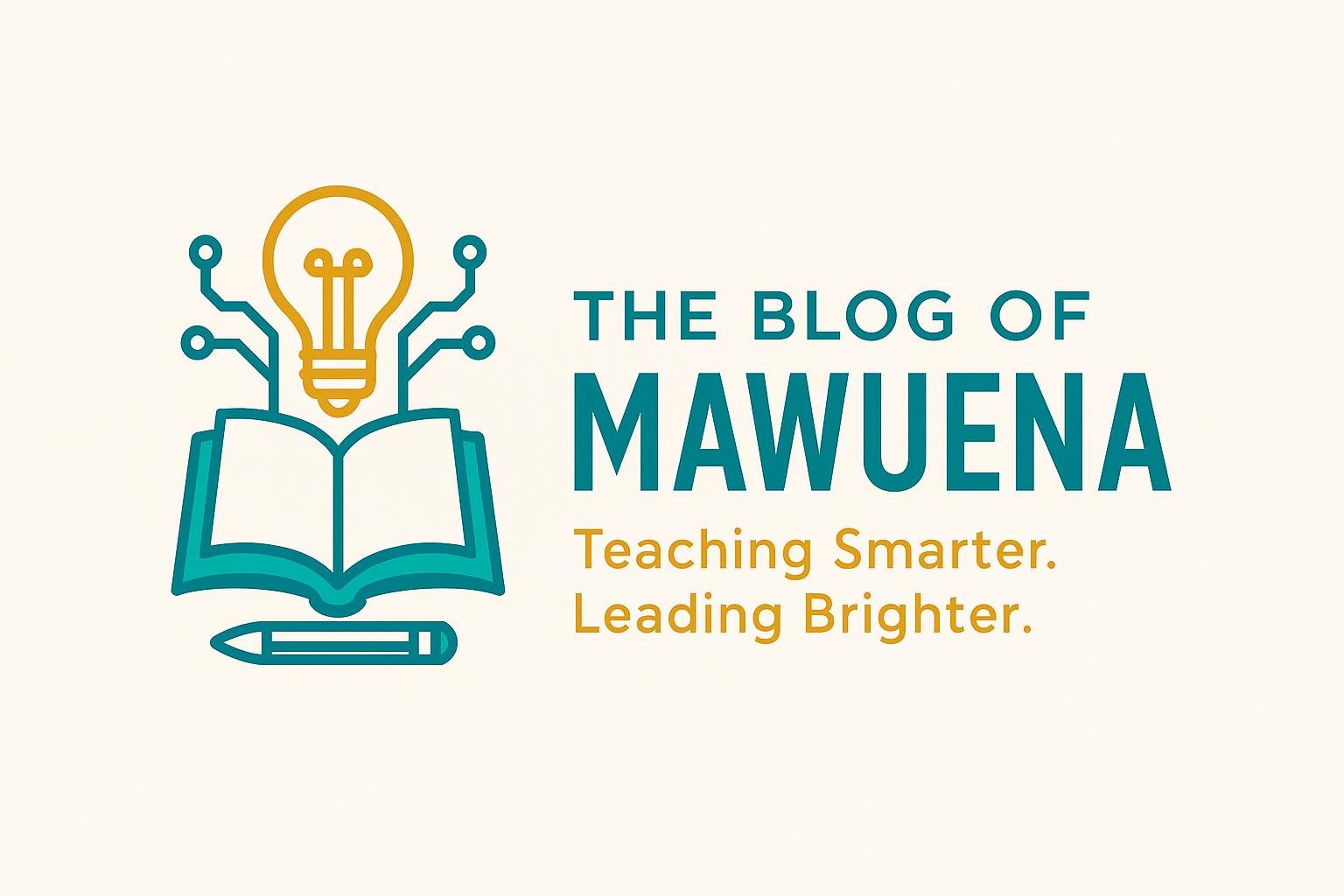
: Revolutionizing Lesson Planning, Grading, and Classroom Management
The integration of Artificial Intelligence (AI) in education is no longer a future concept—it’s transforming classrooms today. AI tools simplify lesson planning. They automate grading and improve classroom management. These tools empower teachers to focus on what truly matters: teaching and connecting with students. Here’s a guide to the top AI tools for educators in 2024 and how they’re shaping the future of education.
- Streamlined Lesson Planning with AI
Gone are the days of spending hours preparing lesson plans. AI tools now help teachers in creating personalized, engaging, and curriculum-aligned content in minutes.
Top Tool: ChatGPT (with plugins)
ChatGPT enables teachers to generate lesson plans tailored to different student learning styles. With integrated plugins, it can align content with specific educational standards, saving time and effort.
Other Options: Eduaide.ai and ScribeSense.
By analyzing student data, these tools recommend interactive activities, assessments, and multimedia resources to make learning more engaging.
- Automated Grading Made Simple
Grading can be one of the most time-consuming tasks for teachers. AI-powered grading tools now evaluate assignments, give feedback, and even analyze patterns to highlight areas where students struggle.
Top Tool: Gradescope
This tool is powered by AI. It speeds up grading for essays, coding assignments, and multiple-choice tests. It ensures consistency and fairness.
Other Options: Google’s Socratic for formative assessments and Turnitin with AI insights for plagiarism detection.
These tools not only save time but also improve the quality of feedback, helping students understand their mistakes better.
- Smarter Classroom Management
Classroom management is a key part of effective teaching. AI tools can help watch student progress, predict behavioral patterns, and personalize interventions.
Top Tool: Classcraft
This AI-driven platform gamifies classroom management, turning lessons into interactive adventures while tracking student engagement.
Other Options: Edmodo and TeachFX.
AI-powered dashboards help teachers stay organized, track attendance, and even predict which students need extra support.
- Supporting Diverse Learning Needs
One of AI’s greatest strengths is its ability to personalize education. It adapts to individual learning paces and styles, ensuring no student is left behind.
Top Tool: Khan Academy’s AI Tutor (powered by GPT-4)
This virtual tutor provides one-on-one support. It answers questions and explains concepts in a way that’s easy for students to understand.
Other Options: Read&Write for students with learning disabilities and Duolingo for language learning.
AI tools promote inclusivity by making learning accessible to everyone, regardless of their unique needs or challenges.
- AI for Professional Development
Teachers can also use AI to enhance their skills. Platforms like Coursera and Udemy offer AI-curated courses. AI also powers mentorship programs to connect educators with experts worldwide.
Looking Ahead: The Future of AI in Education
While AI is transforming education, it’s important to strike a balance. Teachers stay irreplaceable for their ability to inspire, motivate, and build meaningful connections with students. AI should be seen as a tool to enhance—not replace—the human element of teaching.
As we look toward the future, one thing is clear. AI will continue to empower educators. It will make teaching more efficient, personalized, and impactful.
What are your thoughts?
Have you tried any of these tools? Share your experience in the comments below!
Let me know if you’d like any adjustments or extra sections!
